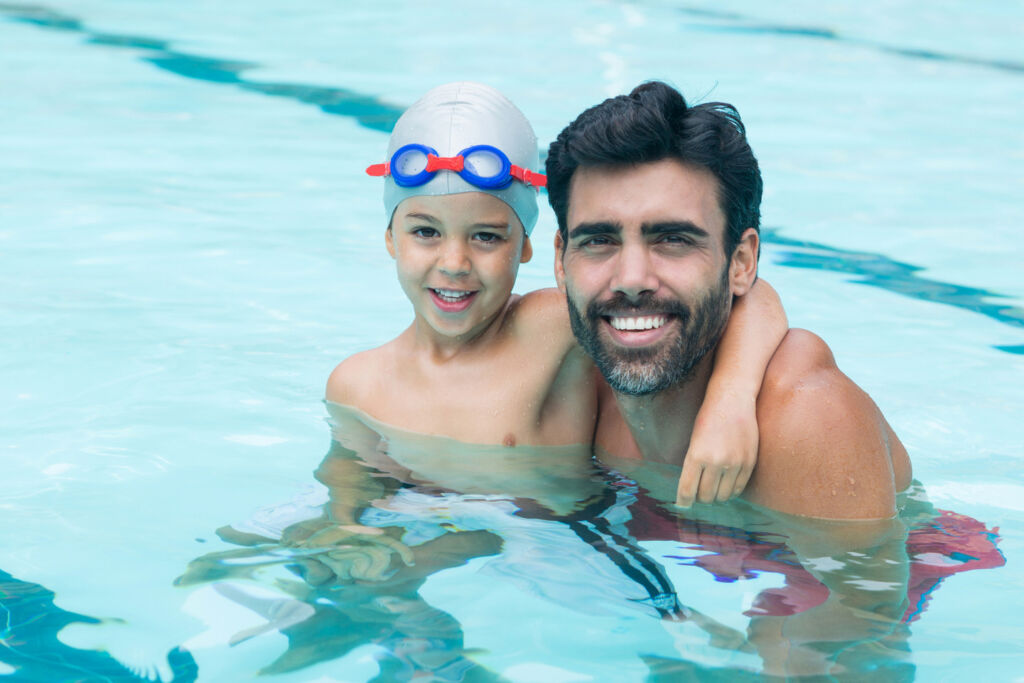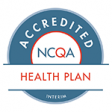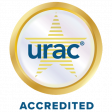
How to Keep Children Safe Around Pools and Spas
Swimming pools and spas are great places for family fun. It’s important to ensure everyone follows these simple steps to stay safe in and around the water.
- Supervise Children
- Always watch children in or near the water
- NEVER leave them unattended
- Even if there is a lifeguard, one adult should be the “Water Watcher.” They have one job—to watch the children in the water. Do not text, read or do anything but watch them.
- This adult should have a phone to call for help if needed.
- If a child is missing, ALWAYS check the pool first!
Learn to Swim and Teach Children How to Swim
- Swimming is not only fun, but also a lifesaving skill.
- Enroll children in swimming lessons.
- Your local YMCA, USA Swimming Chapter, or Parks and Recreation Department offer free or inexpensive lessons.
Know Your Drains: Teach Children to Stay Away from Drains
- Do not let children play or swim near drains or suction outlets, especially in spas and shallow pools.
- Never enter a pool or spa with a loose, broken or missing drain cover.
- Children’s hair, limbs, jewelry or bathing suits can get stuck in a drain or suction opening.
- Locate the emergency vacuum shutoff for a spa before getting in the water.
Make Sure all Pools and Spas Have Compliant Drain Covers
- All public pools and spas must have drain grates or covers that meet safety standards.
- Powerful suction of a pool or spa drain can even trap an adult.
Install Safety Devices Like Fences, Pool or Spa Covers, and Alarms
A fence at least four feet tall that children cannot climb should surround the pool or spa.
- The fence should have a self-closing, self-latching gate.
- Teach your children to never try to climb over the gate or fence.
- Install a door alarm from the house to the pool area.
- Keep pool and spa covers in working order.
Get Certified so You Know How to Perform CPR on Children and Adults
- Learning CPR can help save a life.
- CPR classes are available at many hospitals, community centers, or the American Red Cross.
- Bystanders are often the first to aid a drowning victim.
- Once you’re CPR-certified, keep your certification current.
Take the Pool Safety Pledge!
- Before heading to the pool or spa with your family, take the Pool Safely Pledge. This online call to action is a reminder to stay safer around the water.
For more information, please see How to Keep Children Safe Around Pools and Spas.






